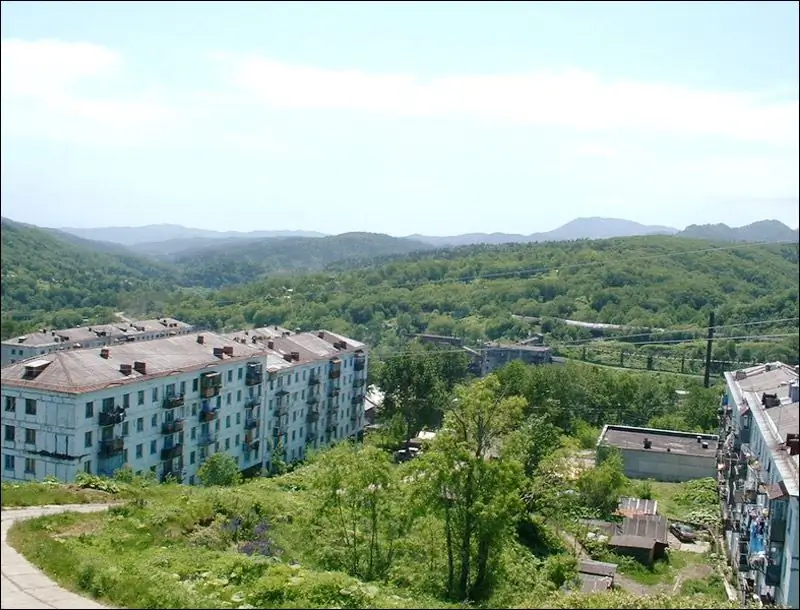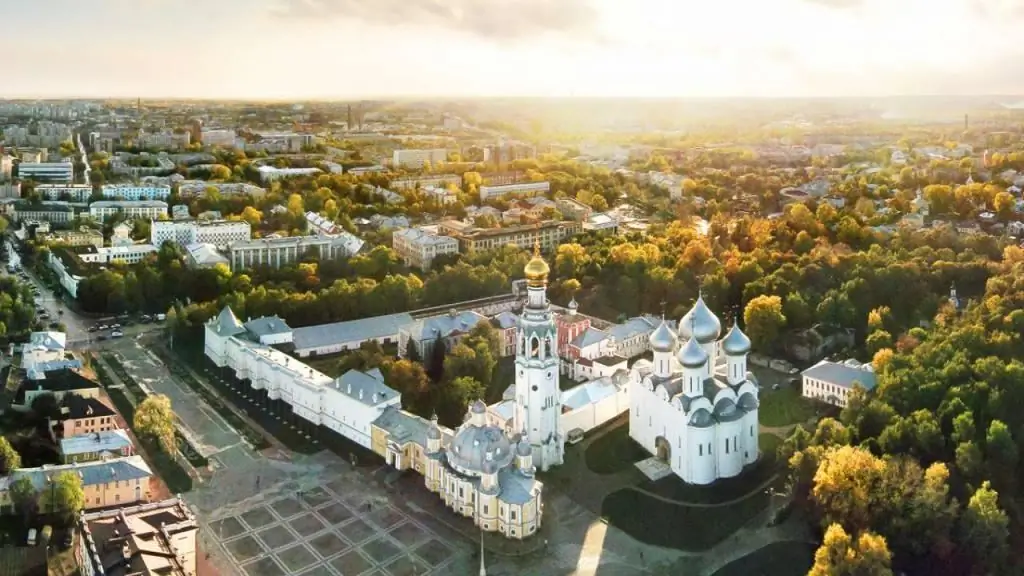- Author Harold Hamphrey [email protected].
- Public 2023-12-17 10:06.
- Last modified 2025-01-24 11:10.
Honduras is a Latin American state with significant tourism potential. Everything is here to have a great vacation. Magnificent nature, fertile climate, sights of Honduras - all this will captivate even the most experienced traveler. Only remoteness prevents the country from becoming a tourist Mecca for Russians. So, a flight from Moscow to Tegucigalpa takes at least 28 hours.
Geographic location
To understand where Honduras is, just remember the location of the two Americas on the map. In the very center of the isthmus connecting the continents, it is not difficult to find the name of the country. From the west, its shores are washed by the waters of the Pacific Ocean, and from the east - by the Caribbean Sea. The geographical neighbors of the state are El Salvador, Guatemala and Nicaragua. Local time is 9 hours behind Moscow time.
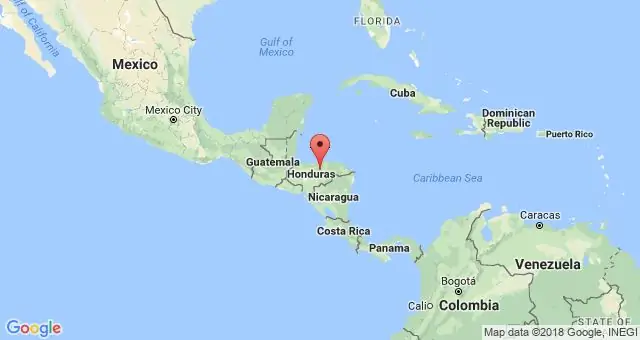
Nature and climate
Most of the country is mountainousplateau. The exception is the coastal lowlands and valleys of the Ulua, Aguan, Patuka rivers. The ridges formed by lavas and metaphorical rocks are picturesque. The peak of Cerro Las Minas is considered the most recognizable peak of Honduras. A photo of the natural landmark, towering at 2870 meters, adorns the advertising leaflets dedicated to the country.
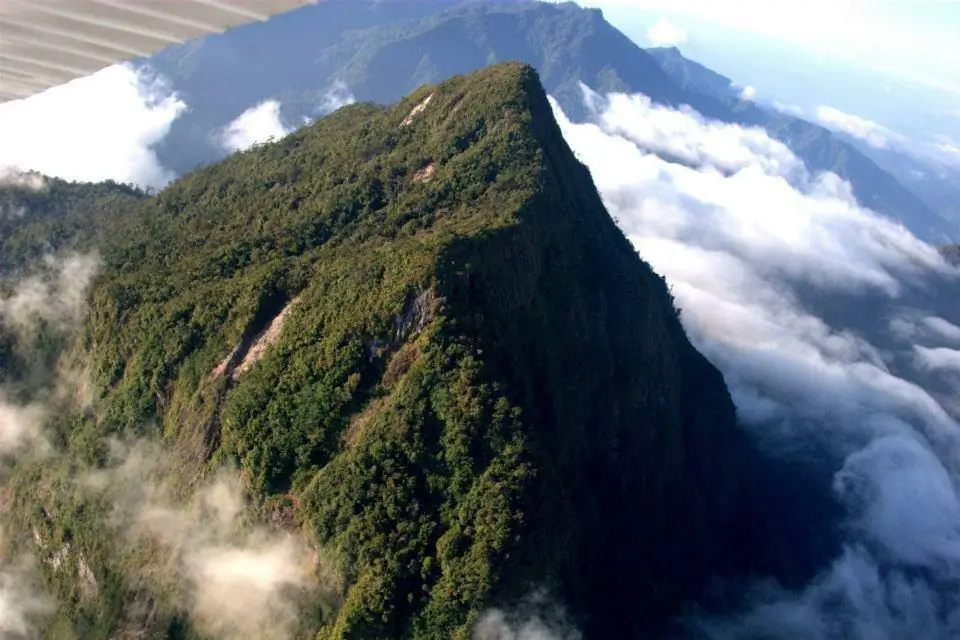
Honduran highlands are covered with tropical forests. Deciduous and coniferous trees, shrubs, various types of vines grow in the jungle. The forest fauna is extremely rich. The jungle is inhabited by a variety of animals, from alligators to panthers and exotic armadillos.
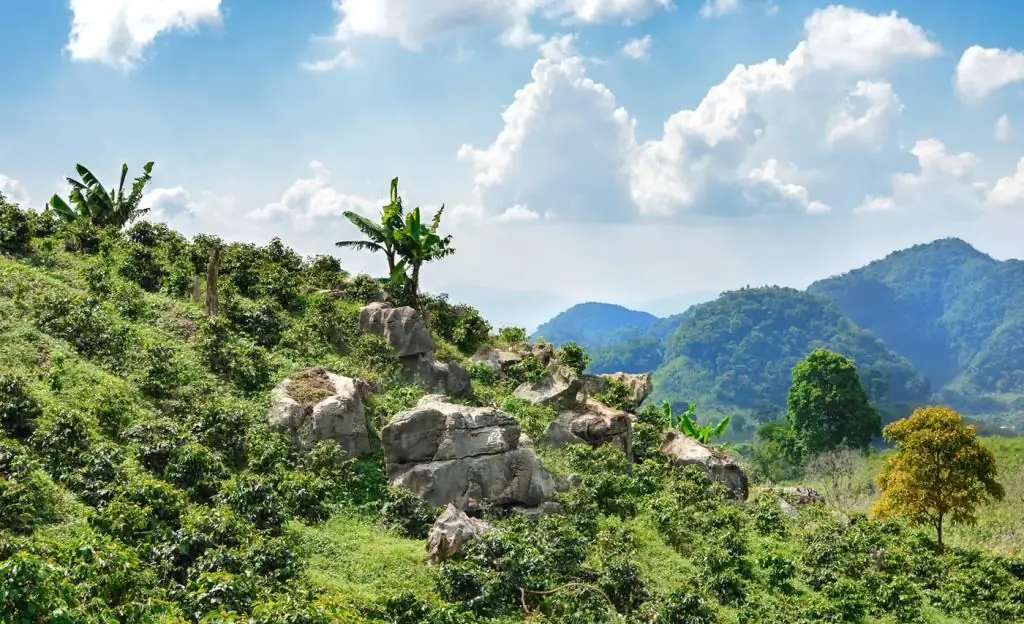
The country is located in the tropical zone. Therefore, the climate here is mild. Even in mountainous regions, the average annual temperature is about +20 °C. The rainy season starts in September and continues until the end of January.
State structure, composition of the population, religion
The constitution states that Honduras is a unitary state in which the supreme power belongs to the president. The top official also heads the cabinet. Legislation is entrusted to the deputies of the National Congress. The mandate of the president and parliamentarians is valid for 4 years.
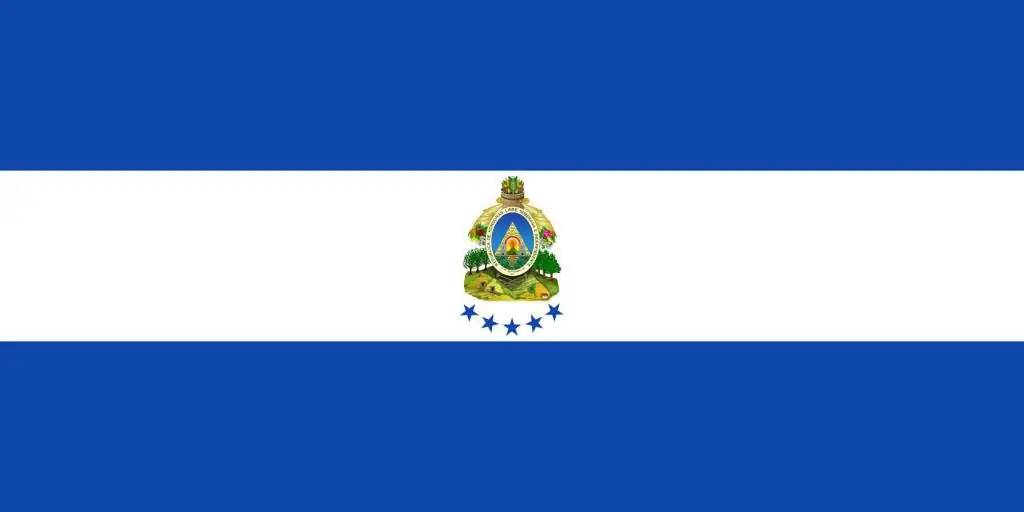
The territory of the state is divided into 18 departments. The largest cities are the capital Tegucigalpa and San Pedro Sula with 1,680,000 and 1,300,000 inhabitants respectively. The total population of the country exceeds 8,000,000 people, among whichmulattos. Indians account for no more than 7%.
Contrary to prejudice, not the entire population professes Catholicism. There are many Protestants here. Ethnic Indians continue to adhere to traditional beliefs. Spanish is recognized as the official language.
Features of the economy
Less than half of Hondurans live in cities. As a result, the main income of the state treasury comes from agriculture. Budget filling depends on prices for traditional export products: coffee, bananas, cigars, palm oil, seafood, beef. Tourists who come to enjoy the sights of Honduras help create a positive balance.
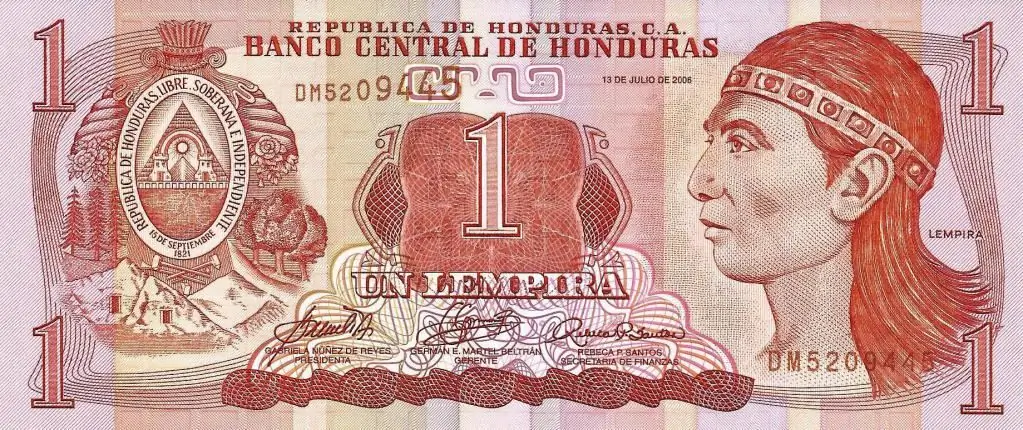
Industry is poorly developed. The main suppliers of goods to the country's markets are companies from the USA, Mexico, Canada, and Brazil. The local currency, named after an Indian chief, is extremely weak. Today, one American dollar gives 24 lempira.
Historical background: main events, interesting facts
The history of the country of Honduras is full of events. Once upon a time, these lands were inhabited by Paya, Lenca, and other primitive tribes, displaced by the Maya Indians. After the exodus of representatives of the ancient civilization to the Yucatan, everything returned to normal.
Europeans arrived here in the first third of the 16th century. Aborigines without piety reacted to the conquistadors. The leader of the Lempira managed to organize armed resistance, brutally suppressed by the conquerors.
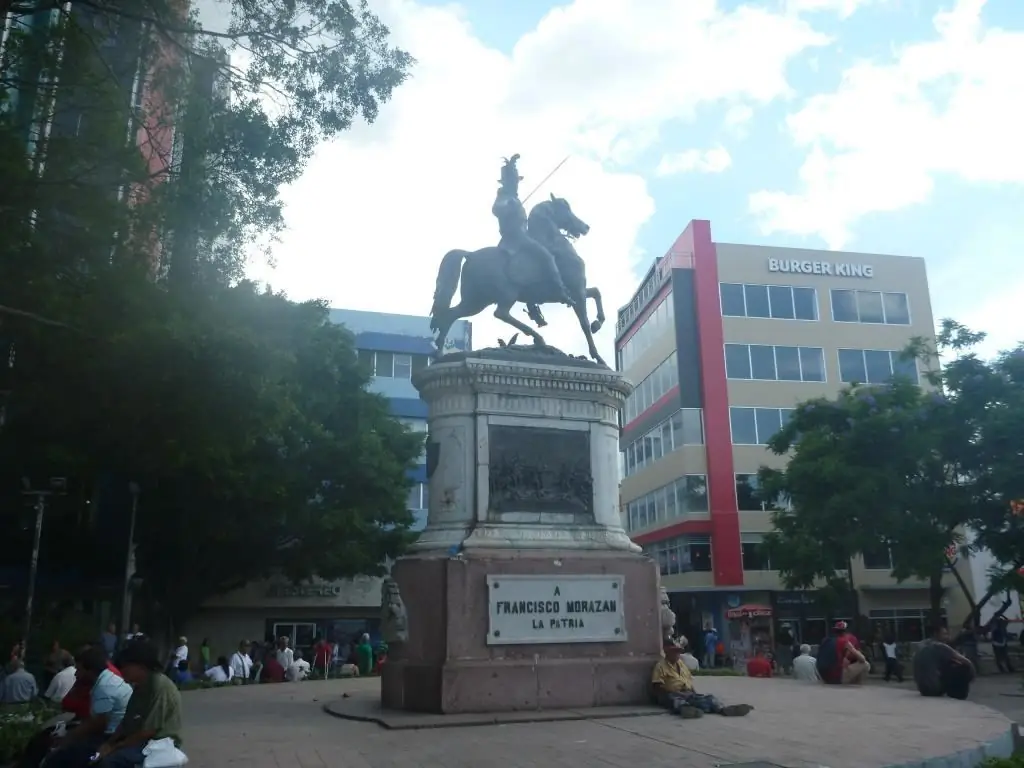
For almost 300 years, Honduras remained a colony of Spain. It was only in 1823 that the state managed to free itself from the "guardianship" of the metropolis. Following the declaration of independence, the formation of political parties began, a national bourgeoisie appeared, and the class stratification of society accelerated. The formation of statehood was difficult. The country experienced 12 civil conflicts in the 19th century, and was constantly at war with its neighbors.
The next century was also not quiet. Honduras has traveled the path traditional for most Latin American states: from a military junta to moderate liberalism. The geographical position made the country an object of US interests. Today it is, in fact, a satellite of the continental hegemon.
Main sights of Honduras
Tourist attraction of the country is provided by man-made monuments created by several civilizations and amazing creations of nature. A few interesting places worth mentioning separately.
Southeast of San Pedro Sula is a unique archaeological site - the ruins of an ancient Maya policy. A millennium and a half ago, Copan was a prosperous, densely populated city. Huge palaces were erected for powerful local rulers. Majestic temples were dedicated to the formidable Indian gods. Some of the buildings are perfectly preserved, despite the tropical climate.
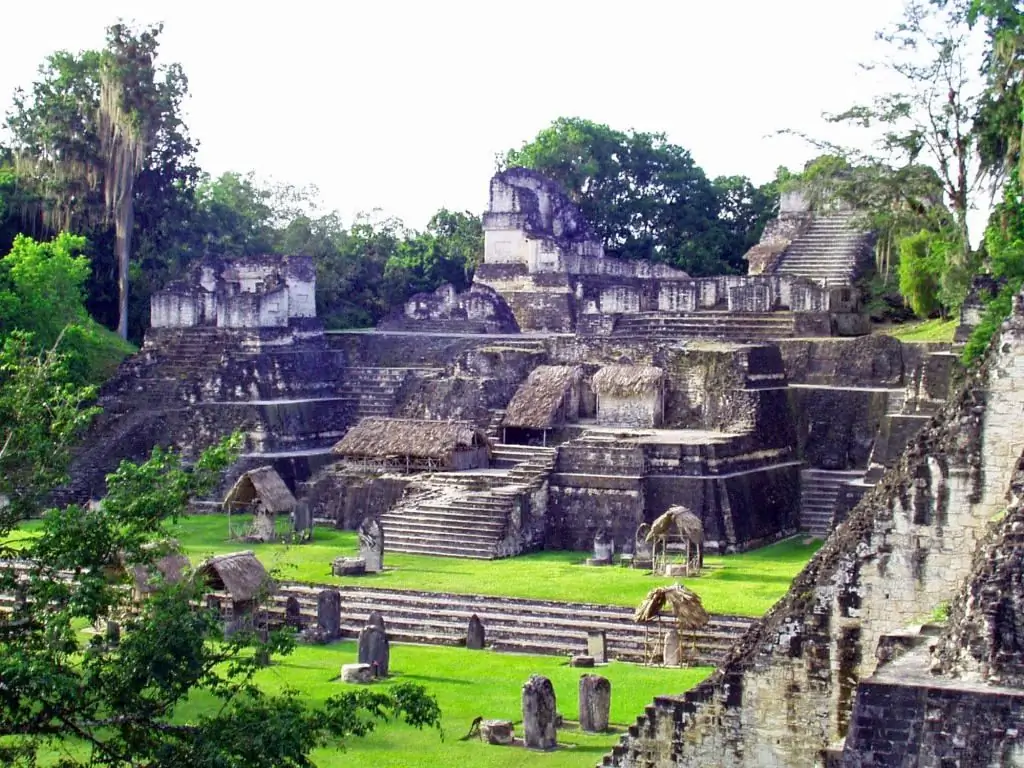
Tegucigalpa, proclaimed the capital of the state in 1880, is considered a metropolis by local standards. City alwaysplayed an important role in the life of the country, so there are many historical monuments and beautiful buildings on its streets. Tourists are sure to be shown the gilded altar of the Cathedral of San Miguel, the medieval church of St. Francis, the equestrian statue of the national hero F. Morazan. Of great interest to visitors are the expositions of the National Art Gallery, Tegucigalpa museums.
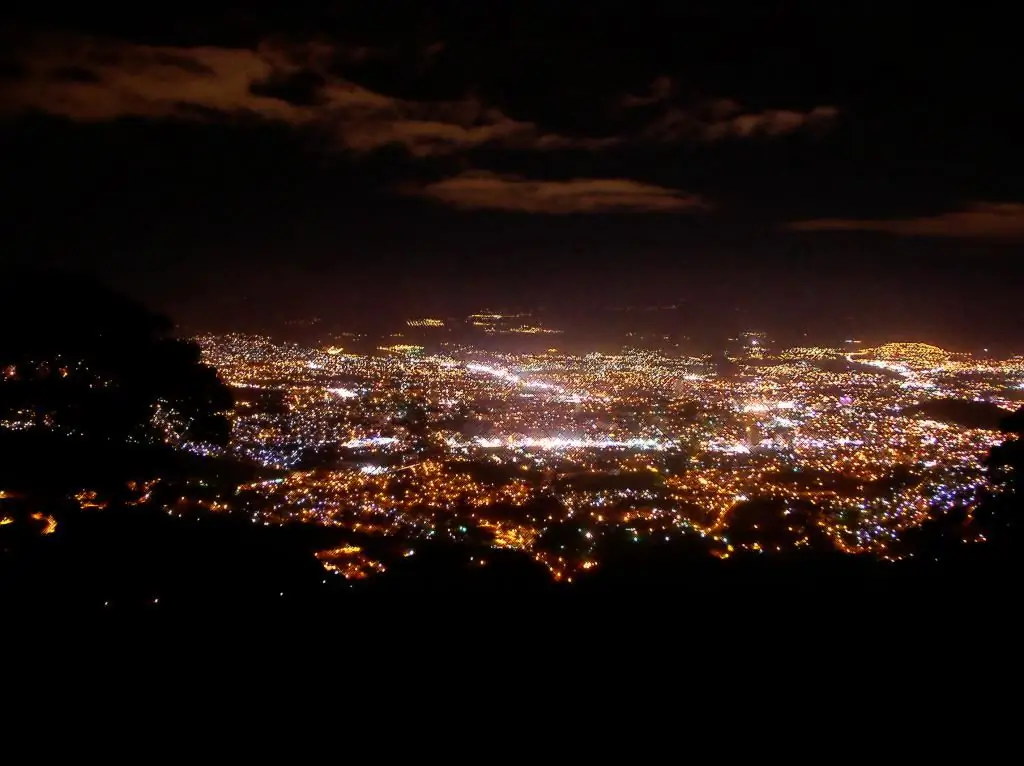
A safari in the La Tigra highland park will be an unforgettable adventure. The area of the unique natural recreation is about 7.5 thousand hectares. The slopes of the mountain ranges here are covered with primeval jungle. Their inhabitants - ocelots, monkeys, cougars - are not at all afraid of humans. Among the representatives of the flora of local forests, it is worth highlighting the erythrina and ceiba trees, which were worshiped by the Maya.
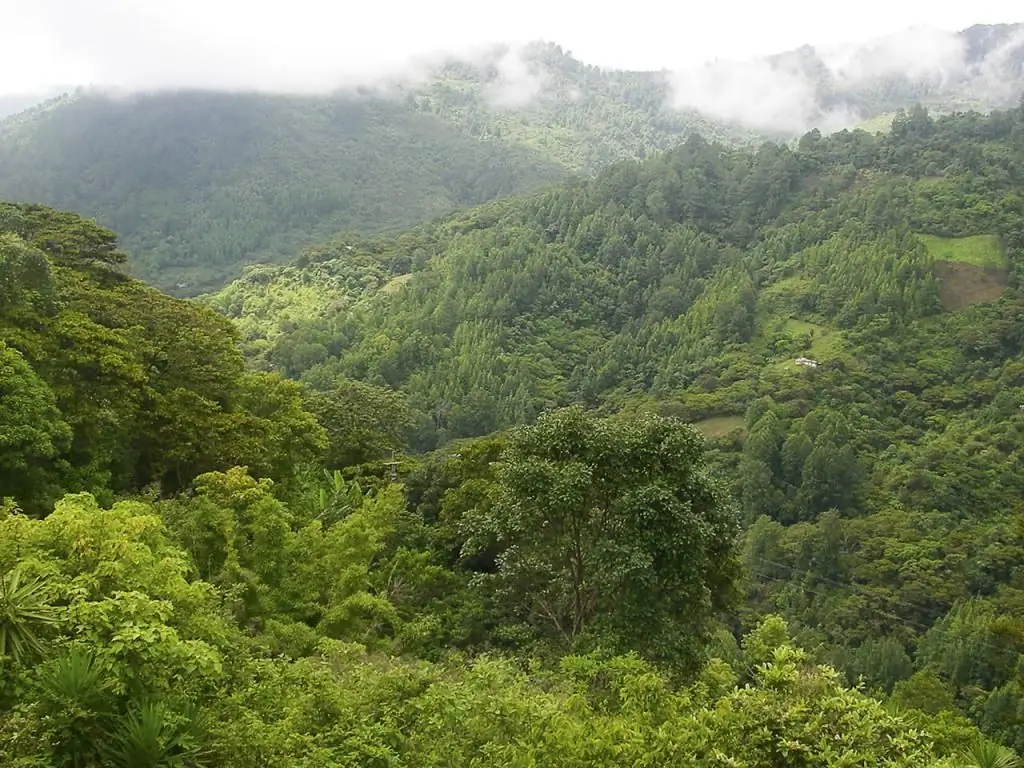
The ancient capital of the state - Comayagua has prepared a feast for fans of architecture. Architectural monuments of different eras have been preserved on its streets. The Temple of La Merced and the nunnery of St. Francis, for example, were built in the 16th century, while the buildings of the city's cathedral and the bishop's residence were built a century later.
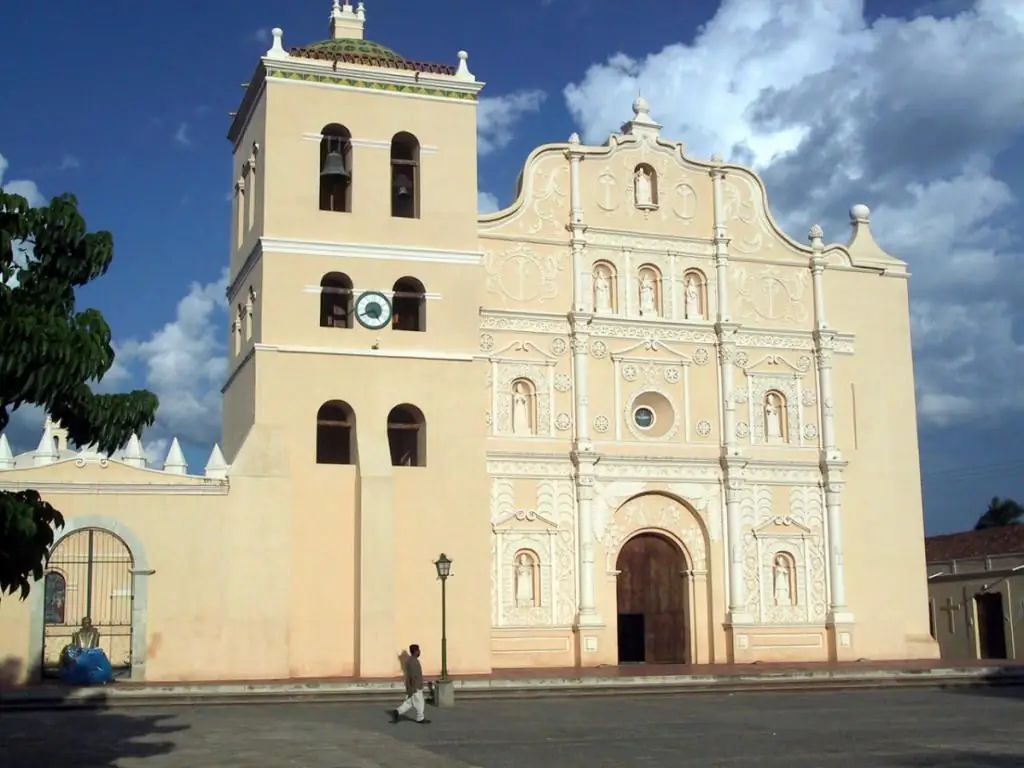
Pearl in the necklace of natural sights of Honduras are Taulabe caves. So far, speleologists have explored only 12 km of mysterious underground labyrinths. Tourists are offered to go along a special 400-meter route. Nature has done a great job here. Rock ledges of intricate configuration, grottoes, stalactitesand stalagmites create a fantastic setting.
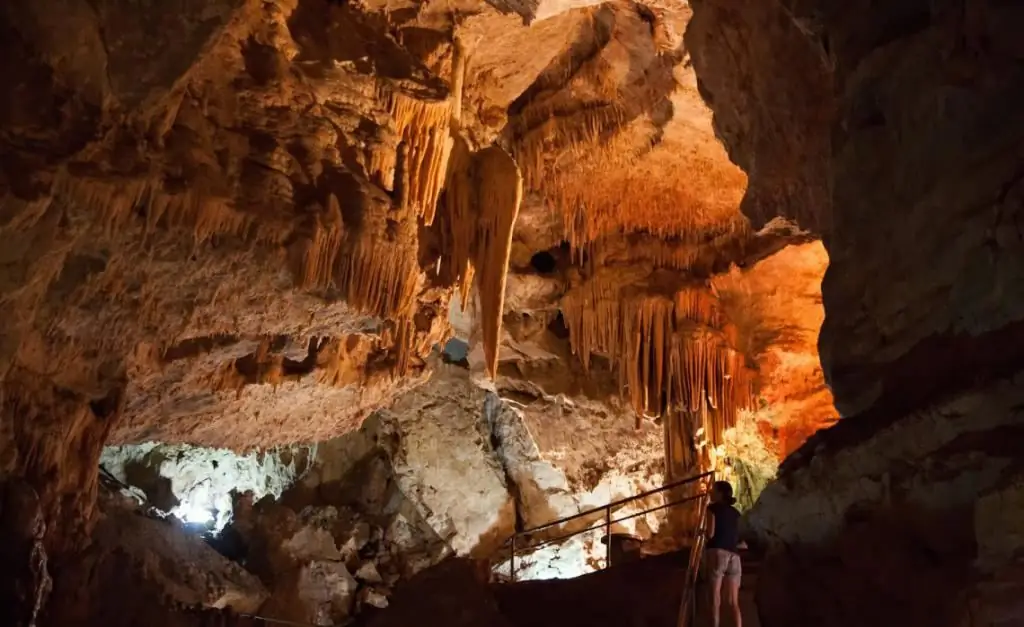
Another miraculous monument that is shown to all tourists is the Pulhapanzak waterfall. The spectacle is truly magical. The waters of a mountain river rush down through several rocky terraces. A myriad of splashes shimmer in the rays of the sun, creating a fantastic halo around.
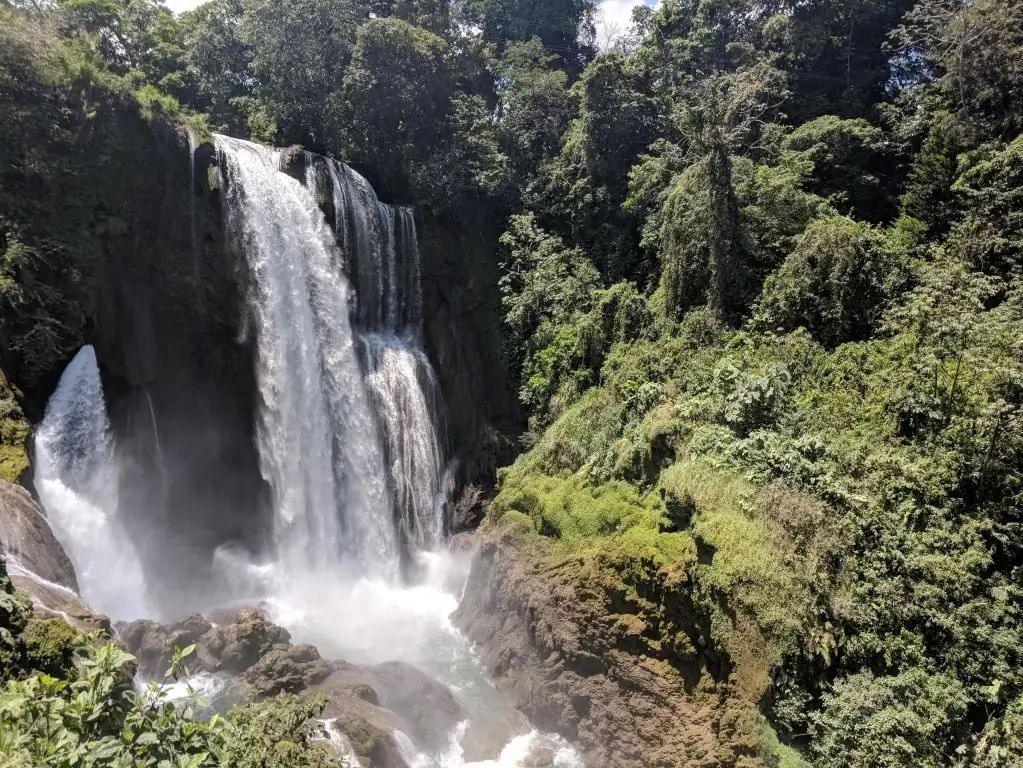
Popular Resorts
Lovers of relaxation on the beaches of the resorts of Honduras will delight. Prices for food and accommodation are low here, and the level of service is quite high.
Recreations in the vicinity of the city of Tela are especially popular with tourists. The coast here is covered with fine white sand. Jeanette Kawas National Park is nearby.
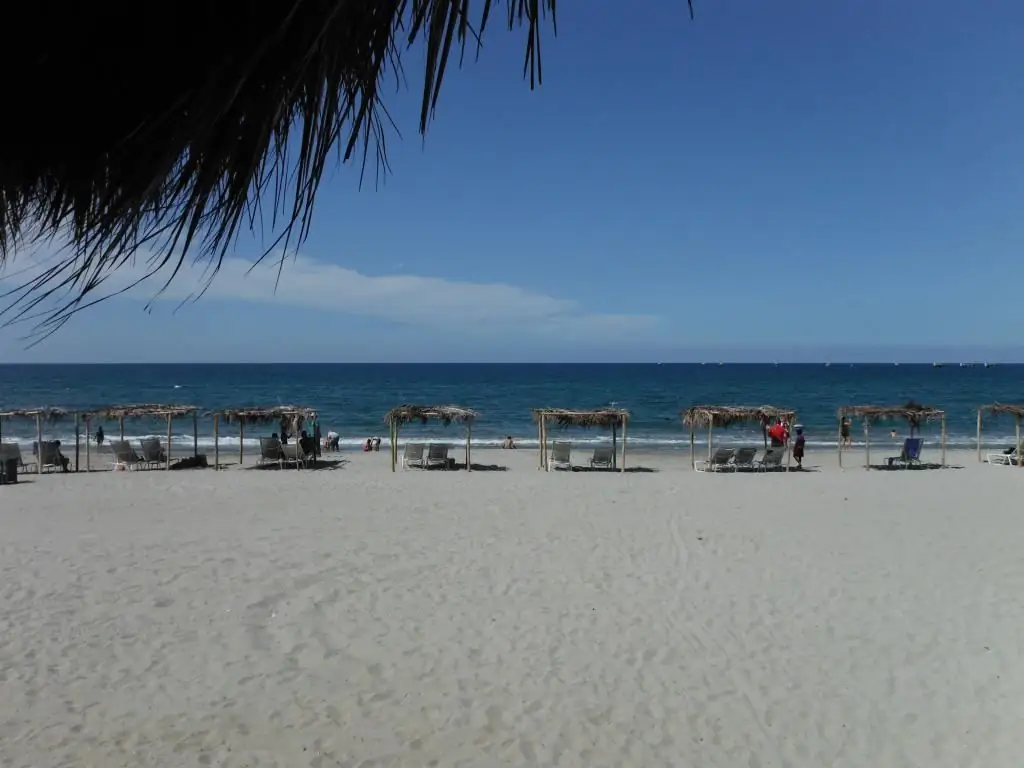
The resort town of Puerto Cortes is famous for its magnificent beaches and carnival. Every year a colorful festival is held here. Travelers from all over the world come to see the colorful extravaganza.
Adepts of underwater fishing have chosen the tropical island of Utila. There are several man-made and wild beaches of incredible beauty. Trujillo and Omoa are among the most visited resorts.
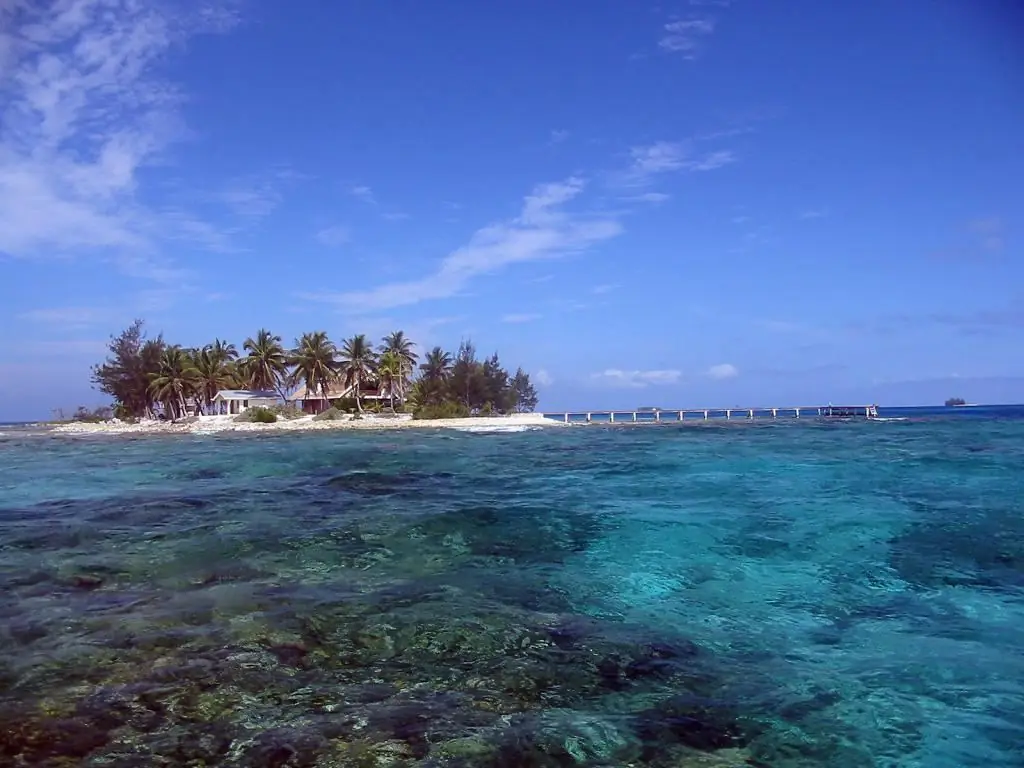
Roatan Island is a landmark of Honduras, of particular interest to diving enthusiasts. The coral reefs off the coast of the Islas de la Bahia archipelago are picturesque. Graceful grottoes were inhabited by moray eels and crabs. Thousands of bright fish scurry between the bizarre corals. Come here in the springwhale sharks migrate. Comfortable hotels have been built on the island. In diving centers, beginners will be taught the tricks of underwater travel, and professionals will be offered equipment for rent.
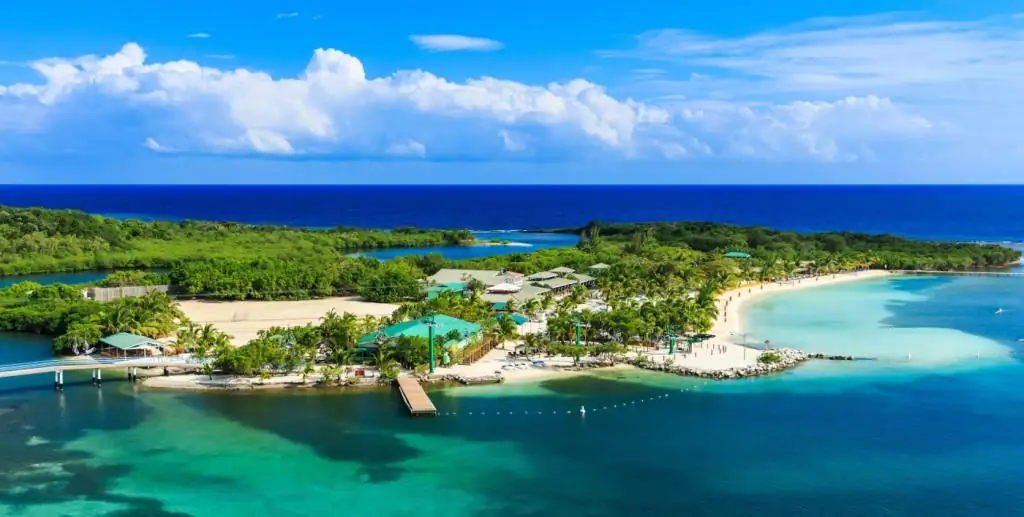
Advice from experienced travelers
According to the reviews of tourists, a Russian with an average income level will be able to have a great rest in the country. Travelers who are going to visit interesting places in Honduras will benefit from the advice of people who have already visited the country:
- Preparing for the trip, it is worth getting vaccinated against hepatitis, malaria, and rabies. Additional protection for the body of a European in a tropical country does not hurt.
- The crime rate here is quite high. To avoid trouble, it is better to avoid night walks away from the main streets.
- Foreign exchange reserves and passports should be left in the hotel safe. A small amount is enough for an excursion or going to the beach.
- The best souvenir will be a box of handmade cigars, a carved mahogany box, an elegant jade figurine.
- Gourmets should try stuffed Pupusas and pineapple dessert Vinagre de Piña.
Descriptions and photos of the sights of Honduras give a general idea of the colorful state. Only by visiting here, you can feel the special charm inherent in the country and its people.



